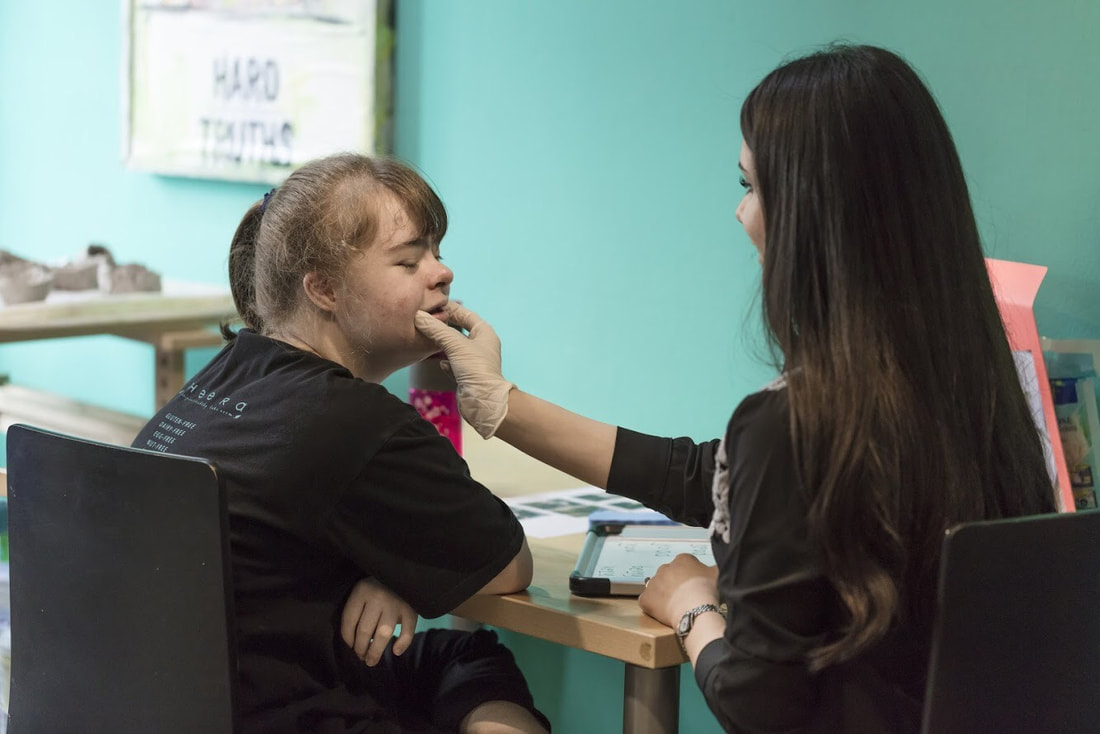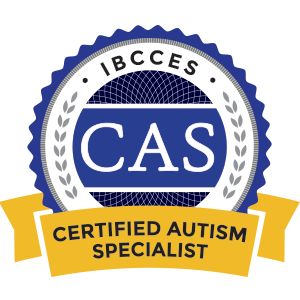Applied Behaviour Analysis (ABA) is a controversial therapy approach. Some parents and therapists love it because of the positive outcomes they have seen on behaviour, but others don’t want anything to do with it (to put it nicely!) because of its structure and ridgidity.
Comments are closed.
|
Welcome to my blog!
|







